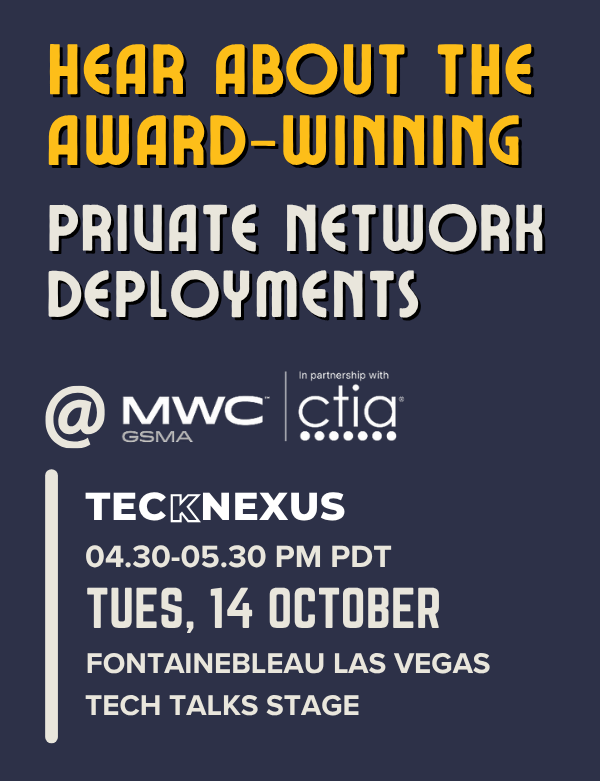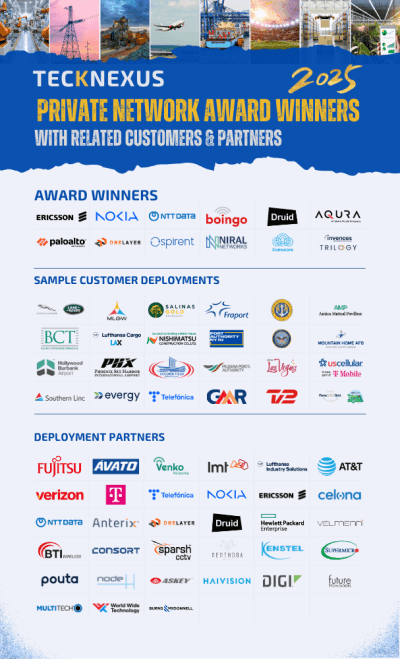The Small Cell Forum (SCF) stands as one of the leading global entities promoting a small cell ecosystem. We aim to create a healthier, more flexible framework suitable for industry consumption.
Components and Interfaces
At SCF, our primary focus revolves around components and interfaces. We have been instrumental in developing solutions for split six, split zero, and split two. Our dedicated work groups focus on devising reference designs for both hardware and interfaces. SCF introduced the concept of FAPI (Functional Application Programming Interface), which has now evolved to encompass 5G specifications. Currently, we have released three versions of FAPI, which serves as a MAC to PHY interface. Additionally, we offer nFAPI, the network version, which connects MAC to DU (Distributed Units) and PHY with RU (Radio Units). We are also progressing with RF FAPI, which aims to bring beamforming capabilities to small cells.
Products and Solutions
Historically, our efforts were primarily directed towards components and interfaces. However, recognizing the significance of a comprehensive approach, we initiated the blueprint initiative. This initiative is designed to provide the industry with a framework that integrates all the components we develop, offering a standard, consumable solution.
Deployment and Operations
A significant part of our recent endeavors is centered around deployment strategies, particularly in neutral hosting environments like the UK. Here, various operators, MVNOs, MNOs, and CSPs can share a common RF infrastructure. We’re exploring the potential of a shared RF or RAN infrastructure, especially in the 5G era, transitioning towards 6G. The shared model presents numerous benefits, including cost optimization, reduced power consumption, and space efficiency.
Neutral Hosting
Our focus on neutral hosting is geared towards optimizing the advantages of a common infrastructure in the age of 5G and beyond. The goal is to allow different operators to utilize a shared infrastructure, maximizing benefits in terms of cost, power consumption, and space.
Building a Holistic Framework
SCF’s vision is a comprehensive one, starting from components and interfaces, progressing to products and solutions, followed by deployment operations, and culminating in the market. This approach ensures a complete 360-degree perspective, moving from the foundational aspects to real-world application.
Market Dynamics
The end goal of all development stages is to tap into the market. Understanding market movements, recognizing the value propositions within and outside of SCF, and leveraging partnerships are essential. By building a robust and healthy market ecosystem, SCF aims to bring its recommendations and proposals to fruition.
Strategic Phases
Currently, SCF has two planned phases:
- Enterprise Private Networks (Isolated): Given the increasing need for industries, such as mining, to operate in remote or isolated locations, there’s a demand for data sovereignty. This means ensuring that data control remains local. This use case, which can operate in tandem with Mobile Network Operators (MNOs) or independently, is of high priority.
- MNO-Driven Enterprise Networks: This approach is more comprehensive, where the MNOs not only provide connectivity but also add intelligence to the network. In both scenarios, hyperscalers play a crucial role, either fitting seamlessly into isolated setups or coordinating with MNOs.
Future Endeavors
After the initial phases, the focus will shift to more advanced areas such as CV2X (Cellular Vehicle to Everything) and Industry 4.0. These domains represent the culmination of SCF’s efforts and promise to consume a significant chunk of the resources.
Open RAN Challenges, Evolution and Vision
Challenges and Open RANs
A major challenge faced by SCF and other entities championing open RANs is the segmented approach. Many initiatives focus on specific areas, requiring the industry to add supplementary elements to create a complete solution for trials or deployments. The need of the hour is a more integrated strategy to make the adoption and implementation seamless.
The open RAN concept starts from standardization interface specifications and then incorporates a cloud-native fabric. Along with these foundational elements, there are challenges related to the supply chain. The goal is to achieve supply chain superiority, where operators can mix and match components for a cost-optimized solution. To reduce these challenges, platforms like SCF and O-RAN must evolve from merely being component or interface solution providers to offering comprehensive frameworks or blueprints.
Vision for Open RAN
The vision for open RAN is to provide a variety of options for operators, backed by services, partnerships, and collaborations. This allows them to deploy the systems they want. While there’s widespread belief in open RAN’s potential, translating this into real-world adoption remains a significant challenge. Collaborative efforts among entities like SCF, O-RAN, and WBA aim to address these challenges and present solutions.
In the past 10-15 years, there’s been a marked shift in the industry. Initially, the focus was purely on connectivity. Later, services began to dominate, and now it’s predominantly about these services. The ecosystem has evolved to include mobile network operators (MNOs), cloud service providers (CSPs), public network operators (PNOs), and hyperscalers.
Rise of Private Networks
There’s a growing trend where property or industry owners want to have control over their connectivity and service fabric. This has led to a shift from traditional MNO-driven solutions to models involving MVNOs, PNOs, and neutral host operators (NHOs). However, while these entities have traditionally operated in silos, there’s now a need for more integrated solutions, especially in the domain of private or enterprise networks.
SCF Blueprint Overview and Timeline
With initiatives focusing on blueprints and frameworks, there’s an effort to funnel the ecosystem in the right direction. The future will likely see more collaboration between hyperscalers, MNOs, PNOs, and property owners. This collaborative approach will pave the way for diverse solutions, ranging from localized data sovereignty models to comprehensive hyperscaler-based approaches. As the ecosystem evolves, stakeholders are taking on shared responsibilities to drive the open RAN initiative forward.
Blueprint Structure
The Small Cell Forum (SCF) has recently released its blueprint, which encompasses multiple facets. The blueprint, grounded in cloud-native initiatives, includes the following layers:
- Infrastructure as a Service (IaaS): This foundational layer offers the basic infrastructure required for the platform’s operation.
- Platform as a Service (PaaS): A layer that provides the tools and services to build applications upon the IaaS.
- Network Function as a Service: This focuses on specific network functions and their deployment.
- Management as a Service: Offers tools and services for the effective management of the platform.
- System Integration and Certification: Ensures that the integrated components work harmoniously and are certified for use.
Focus on Small Cells
The SCF blueprint uniquely emphasizes small cells. While interfaces like UnFAPI or Split 6 are integral, the blueprint also encompasses other splits like Split 0 and Split 2. The objective is to integrate them all under a unified management fabric that is cloud-native, ensuring scalable deployments.
Contribution and Open Source Approach
Along with providing minimum viable product (MVP) specifications and product requirement documents (PRDs), the SCF is collaborating with industry stakeholders to introduce an open-source software fabric. This approach aims to foster community-driven development and innovation.
Projected Timeline
- Complete Framework: By the second quarter of 2022, the complete blueprint framework is expected to be in place.
- Open Source Software Stack: Following the framework’s establishment, an open-source software stack is anticipated to be available within a couple of quarters.
- MNO Coordinated Blueprint: The blueprint that focuses on coordination with Mobile Network Operators (MNOs) is targeted for release by the first quarter of 2023.
Related Content
















